Memphis, Tennessee, has a rich history of urban development that reflects the city’s growth, challenges, and resilience. Here is an overview of key points in the history of urban development in Memphis:
- Founding and Early Growth (1819-1860):
- Memphis was founded in 1819 on high bluffs overlooking the Mississippi River. Its location made it a strategic trading and transportation hub.
- The city experienced rapid growth in the mid-19th century due to its role in the cotton trade and its position as a river port.
- By the 1850s, Memphis had become a major cotton market, attracting merchants, traders, and immigrants.
- Civil War and Yellow Fever Epidemics (1861-1878):
- During the Civil War, Memphis was occupied by Union forces and suffered economic disruptions.
- After the war, the city faced a series of yellow fever epidemics in the late 1860s and 1870s, resulting in significant population loss and economic setbacks.
- Reconstruction and Industrialization (1878-1929):
- Memphis rebounded from the epidemics and underwent a period of reconstruction and industrialization.
- The city’s economy diversified, with the growth of industries such as lumber, cottonseed oil, and food processing.
- The expansion of the railroad network further solidified Memphis as a transportation hub.
- The Great Depression and Civil Rights Era (1930-1960):
- The Great Depression brought economic challenges to Memphis, but the city played a crucial role in the New Deal programs, contributing to public works projects.
- In the 1950s and 1960s, Memphis became a focal point of the Civil Rights Movement. The assassination of Dr. Martin Luther King Jr. in 1968 at the Lorraine Motel had a profound impact on the city and the nation.
- Urban Renewal and Suburbanization (1960-1980):
- Like many other American cities, Memphis experienced urban renewal efforts in the mid-20th century, leading to the demolition of some historic neighborhoods.
- Suburbanization and the expansion of highways contributed to changes in the city’s demographics and development patterns.
- Economic Revitalization and Cultural Renaissance (1980-Present):
- In the late 20th century, efforts were made to revitalize downtown Memphis, with the development of attractions like Beale Street and the Mud Island River Park.
- The city has seen a cultural renaissance, with the growth of the arts scene, music festivals, and the revitalization of historic districts.
- Challenges and Opportunities (Present):
- Memphis faces ongoing challenges, including poverty, crime, and disparities in education and healthcare.
- Initiatives and community-led projects are working to address these challenges, with a focus on sustainable development and social equity.
The history of urban development in Memphis reflects the city’s resilience in the face of challenges and its ongoing efforts to create a vibrant and inclusive community.

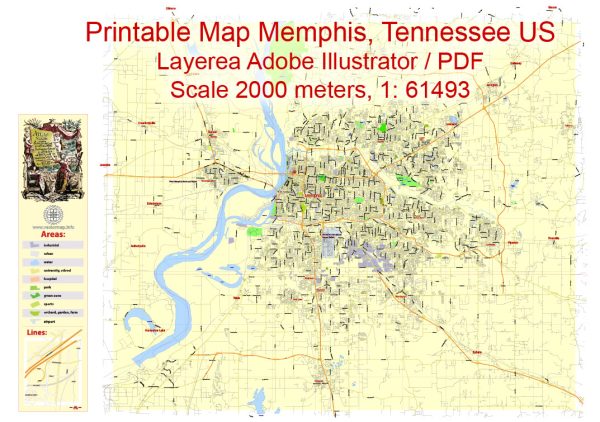
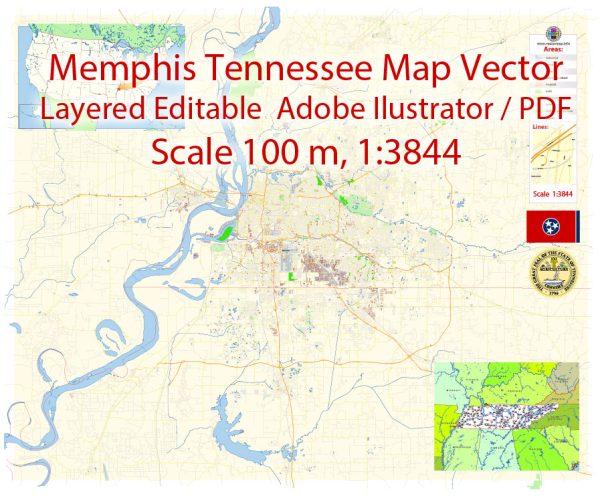
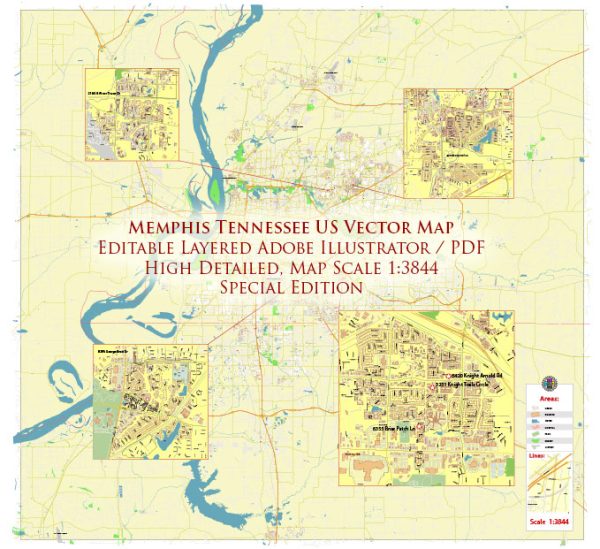
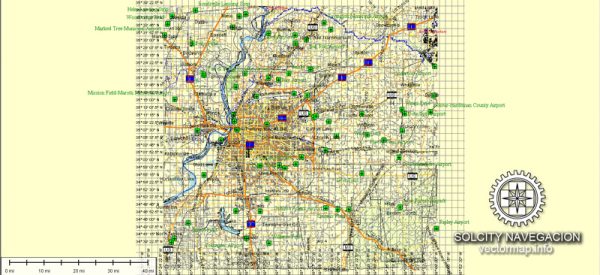
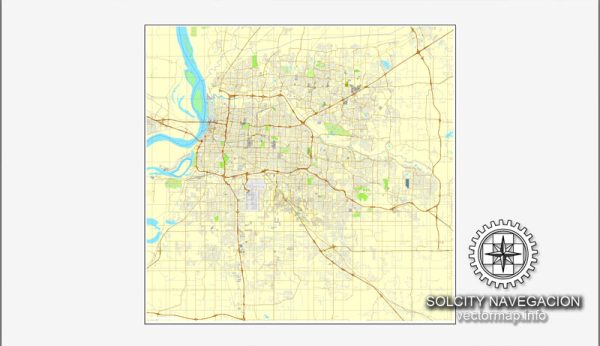
 Author: Kirill Shrayber, Ph.D.
Author: Kirill Shrayber, Ph.D.